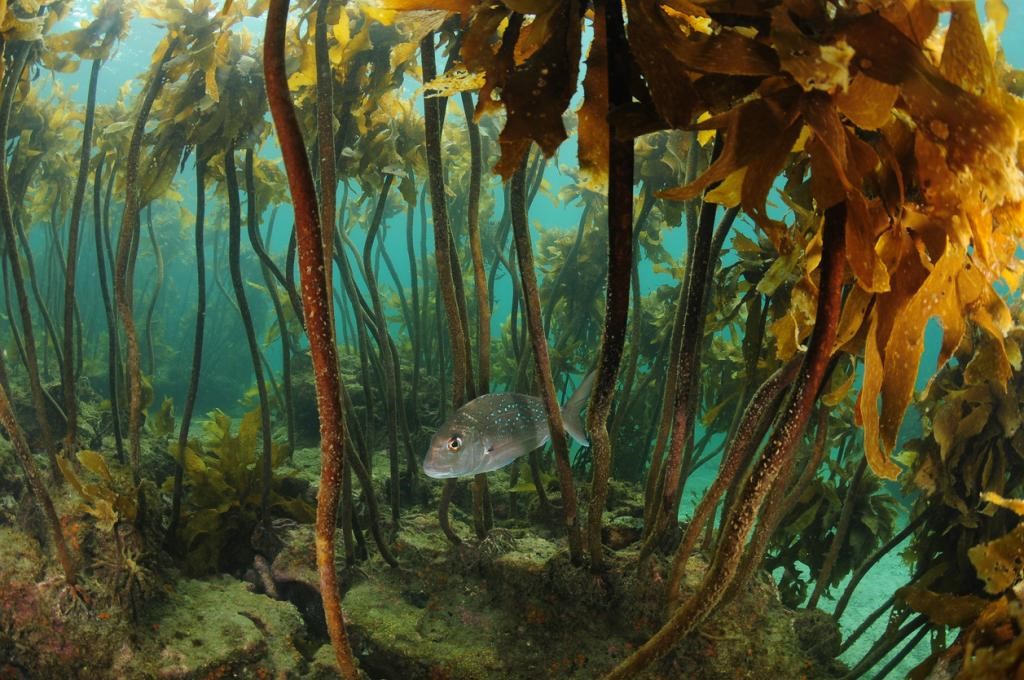Free Courses Sale ends Soon, Get It Now


Free Courses Sale ends Soon, Get It Now



Disclaimer: Copyright infringement not intended.
Context: Kelp forests — underwater ecosystems formed in shallow water by the dense growth of several different species known as kelps — are declining because of climate change, showed a new study.
Details:
Findings:
About Kelp Forests:
© 2024 iasgyan. All right reserved